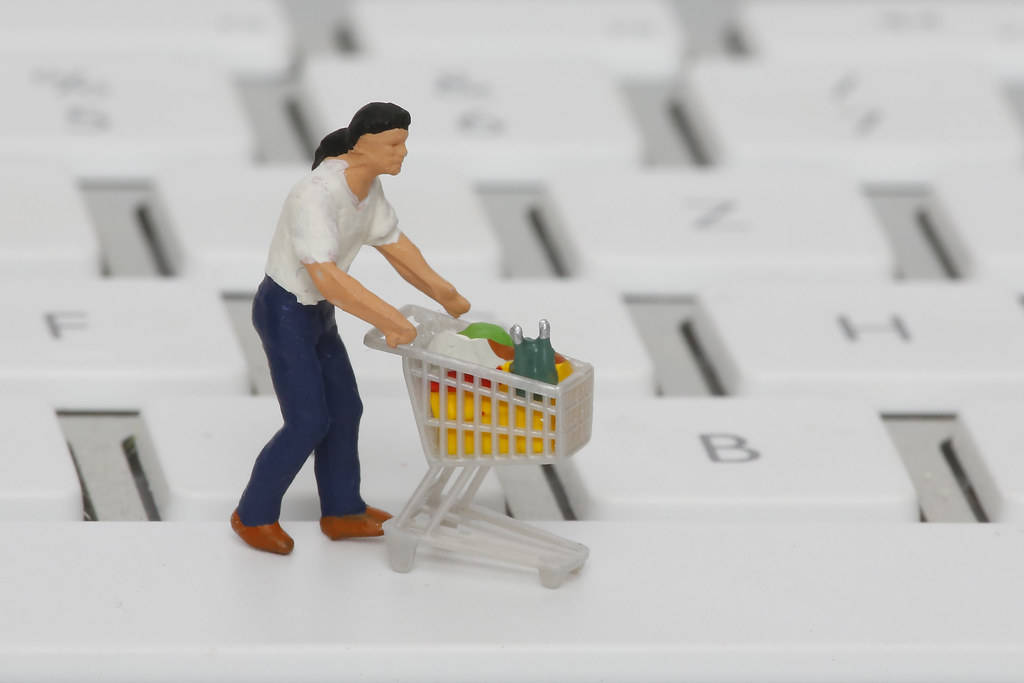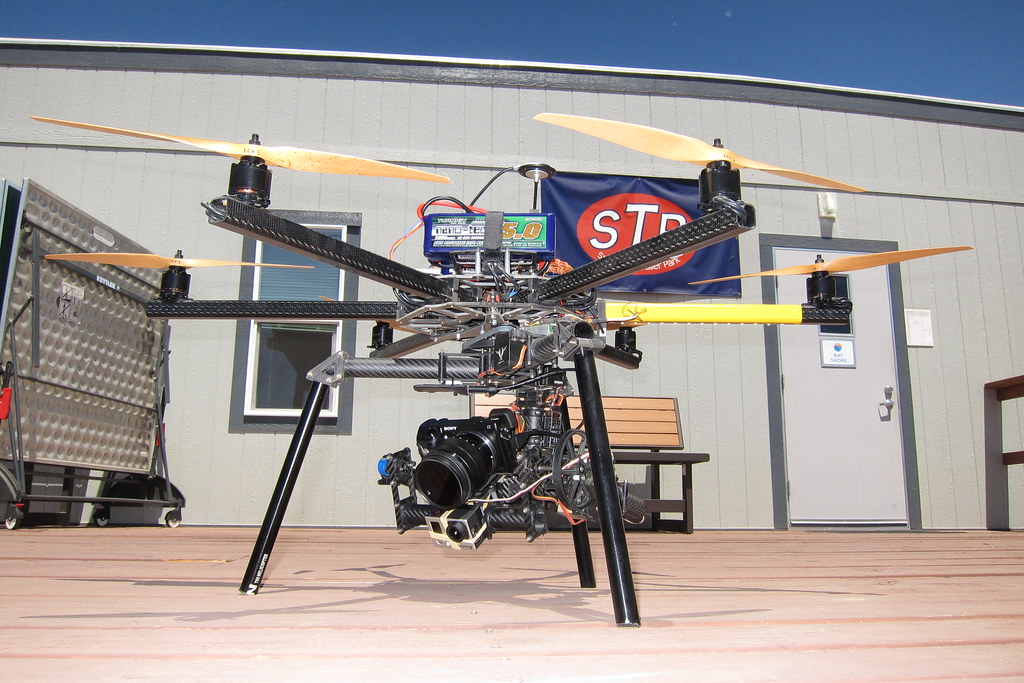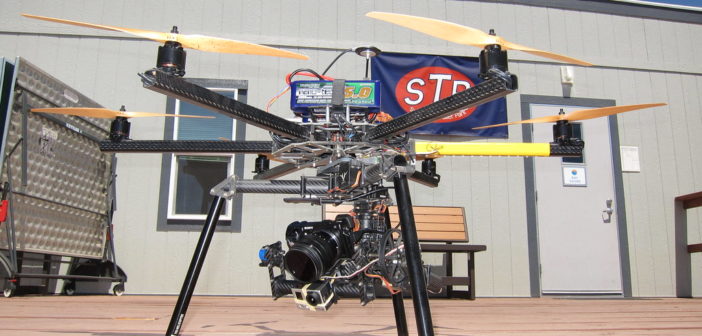By: Mariana Navarrete, Contributing writer
The COVID-19 pandemic has accelerated the development of new technologies. Governments, businesses, and people across the world are learning digital technologies to adapt to the health, economic and social crisis the pandemic brought.
Remote work
Quarantines, lockdowns, and isolations have pushed businesses to operate remotely. This has led to the development of IT infrastructure such as cloud platforms, which enable employees to work and collaborate effectively from home.
A report by Conference Board shows that within the first nine months of the pandemic, employers noticed improved productivity from their remote workers. Productivity is influenced when employees have the right remote working tools to succeed.

Online shopping
Online shopping technology have adapted and progressed due to the pandemic. There have been various delivery companies and restaurants in the US and China launching contactless delivery services where goods are picked up and dropped off at a designated location to limit interaction between employees and customers.
According to TechInAsia, Chinese e-commerce companies are launching robots, drones, and autonomic delivery vehicles to deliver orders in an effort to prevent the spread of COVID-19 by limiting human-to-human contact. In China, Meituan was the first delivery app 2020 to implement this type of delivery system.
“This project is to minimize the risk of potential infections caused by human contact and meet the needs of customers in this special time,” A spokeswoman from Meituan said.

Contactless payments
Contactless payments are a convenient way for customers, retailers, and banks to conduct socially distant transactions. MasterCard polled 17,000 consumers in 19 countries and found that they perceive contactless payments as “the cleaner way to pay.”
Merchants are accepting more tap-and-pay cards. In the past, making the change to speedier transactions wasn’t enough to motivate certain merchants who thought what they had was good enough. The equation changed with the pandemic.
The PBOC, China’s central bank, has looked for some time at replacing physical cash with a digital-analog. A Federal official said real-time digital payments option was “inevitable” and the chief of the Bank for International Settlements also commented that central banks will likely need to issue their own digital currencies.

Remote learning
Technology is helping both teachers and professors develop their teaching methods. Many schools and colleges have been forced to convert their courses to online platforms, and some have innovated their methods.
The Georgia Institute of Technology has been experimenting with a virtual teaching assistant named Jill Watson, built on the Jeopardy-winning IBM Watson supercomputer platform. The college is now working on developing virtual tutors, which could be viable anywhere between two and five years.
In upstate New York, an immersion lab with 15-foot walls and a 360-degree projection system transports Rensselaer Polytechnic Institute language students to China, virtually.
The students learn Mandarin Chinese by talking with the artificial intelligence avatars that can recognize what they say, their gestures, and expressions, all against a computer-generated backdrop of Chinese scenes.
There are concerns about distance learning include the possibility the technologies could create a wider divide in terms of digital readiness and income level.
Drones
According to South China Morning Post, drones have provided a type of mapping and surveillance in China, but that’s not the only way the country has used drones in response to the coronavirus outbreak. Agricultural models have been modified to spray disinfectant on public areas, and drones have also transported medical and quarantine supplies to reduce people’s exposure to each other and reduce delivery time.
In the U.S drones have been used by police departments to control further COVID-19 outbreaks in public areas. If a crowd gathers in a public area, an officer will deploy a drone that will, via loudspeakers and a recorded message, urge citizens to disperse.
Lieutenant James Munro of the Clovis Police Department in California, made a comment to Government Technology, “Drones [are]one piece of technology that, as a police agency, I don’t think we could live without them anymore, to be honest with you.”

Technology in a post-pandemic world
The rise of technology innovation has been directly influenced by the COVID-19 pandemic, causing government, businesses, and companies to adapt to the “new normal.”
It is questionable whether the new technological adaptations are momentary or set to last for the future.





